Let’s be honest, we humans like to celebrate, we like to have a good time and we’re always looking for a reason, any reason to party. Now some of the reasons we celebrate are quite personal, it’s my birthday or it’s our wedding anniversary. Others are special for a small group of people; perhaps your bowling team just won the league championship. And of course there are the special days set aside every year for an entire population, either national or religious, to come together as a community and reaffirm the bonds that they all share. Those days are called holidays and some of them are historical in nature while others are our way of marking the changes in the seasons as we go through the year. Both kinds of holidays do have one thing in common however, we have mythologized them to the extent that sometimes it is difficult to decide where reality ends and mythmaking begins.

That’s where ‘The Mythology of America’s Seasonal Holidays’ by Arthur George comes in. Starting, as our year does, with the celebrations for New Year’s Day Mr. George examines Groundhog’s Day, Valentine’s Day, Carnival or Mardi Gras, Easter, May Day, Independence Day, Halloween and Thanksgiving before finally concluding with Christmas.
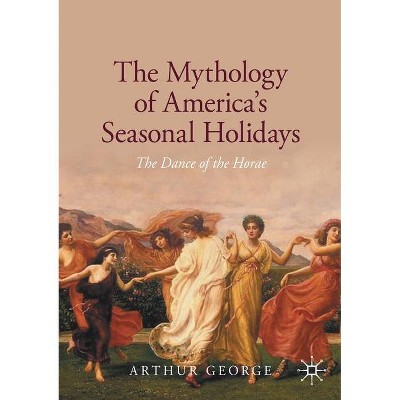
For each holiday in turn Mr. George follows basically the same methodology, beginning with the origins of each holiday. The ancient festivals of Greco-Roman, Celtic, Hebrew and Germanic cultures are scrutinized, as is early American history. The festivals of these cultures provide the clues as to why a particular American holiday exists in the first place along with why it is celebrated at the time of year that it is. Following the growth of each holiday from its roots to the present day Mr. George then goes on to highlight how the various rituals associated with each developed.
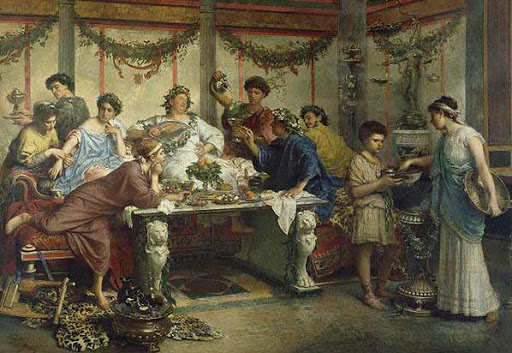
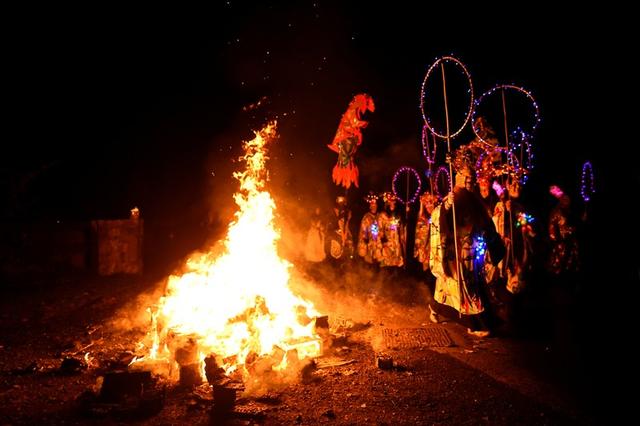
Of course many, perhaps most of our holidays are rooted in nature. The renewal of life every spring along with the end of the growing season in the fall are obvious examples but Mr. George shows in detail how even Groundhog’s day and May Day have for thousands of years been observed in connection with the yearly cycle of the Earth. At the same time other holidays, more political in nature still tend acquire features over time that relate to the time of year in which they occur, a picnic or baseball game on the 4th of July for instance.
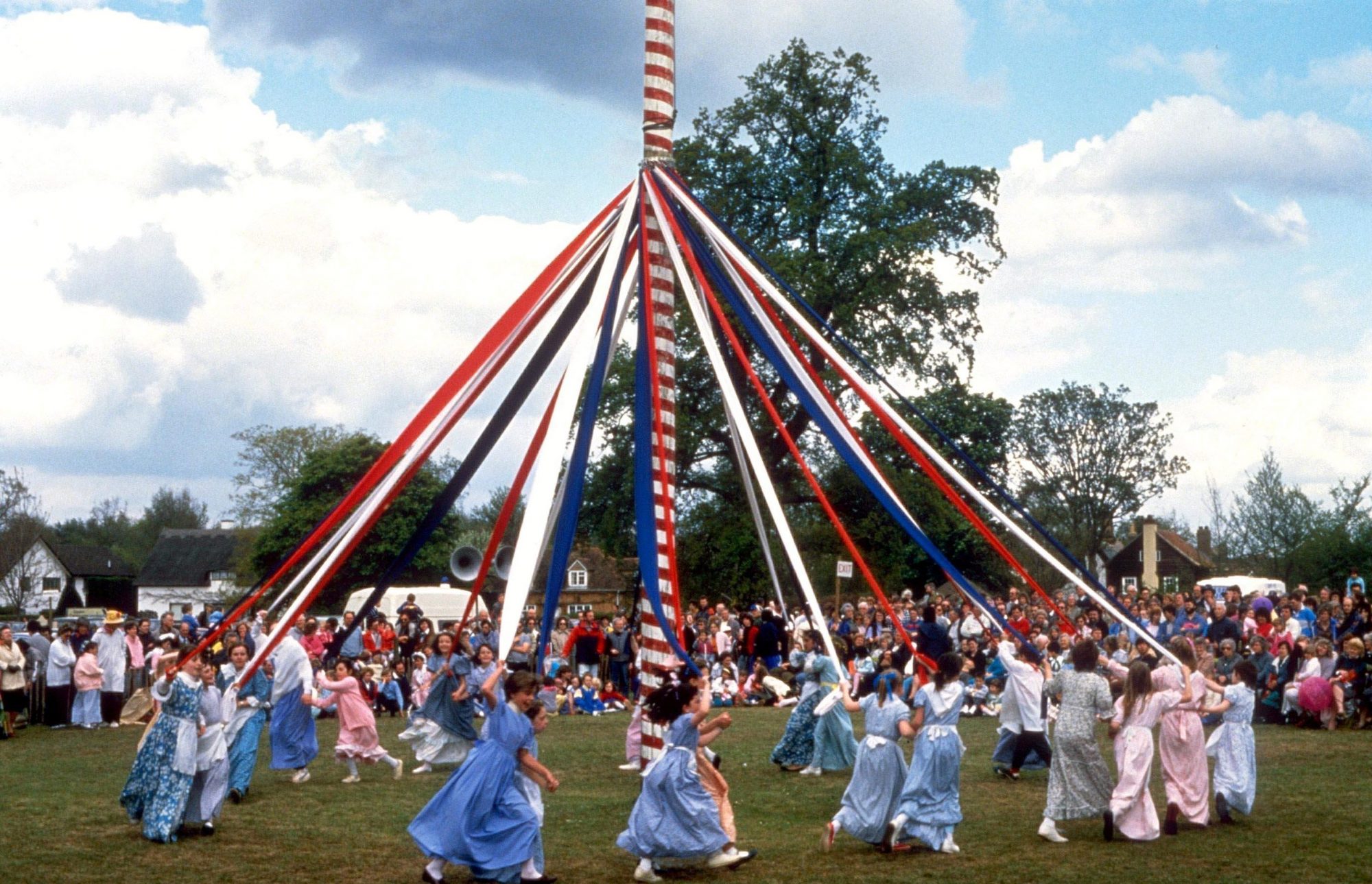
While the mythology surrounding religious festivals is well recognized Mr. George also succeeds in illustrating the legends associated with our secular holidays as well. From the figure of Lady Liberty to the fact that the phrase ‘The First Thanksgiving’ was only coined some 200 years after the event it was used to describe Mr. George clearly shows how we humans like to embroider the truth around those days we consider important.
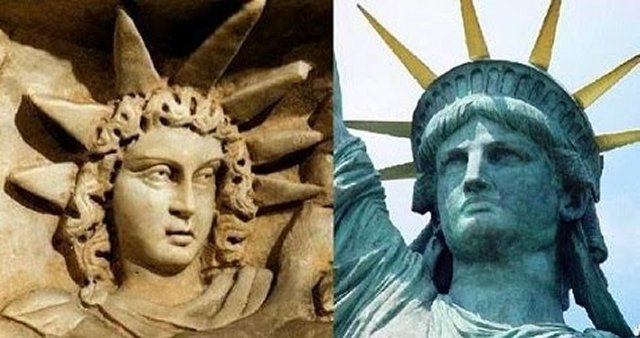
More than that however, Mister George also delves into the psychological aspects of our holidays. In the book he also investigates the emotional benefits we humans derive from celebrating the renewal of vegetation in the spring or the shortest day of the year, December 25th. In ancient Rome, the Winter Solstice was known as the ‘Birthday of the Sun’, which of course eventually became Christmas, the birthday of the son of god.
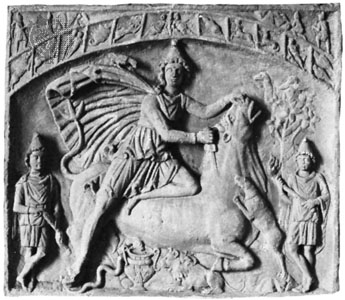
I do have two very small complaints about “The Mythology of America’s Seasonal Holidays’. One is that on several occasions Mister George limits himself with only covering the highlights of how a particular holiday developed. The reader often gets a distinct feeling that he could say a lot more if he wanted. At the same time the narrow focus on American holidays is quite arbitrary, comparisons to modern holidays in other countries are completely absent. I think that both problems stem from Mr. George’s desire to prevent the size of the book from getting too large, which books on mythology often do.
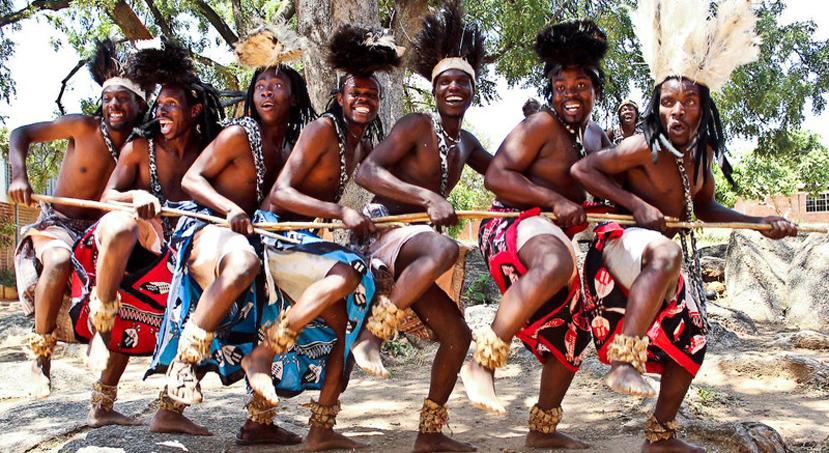
Nevertheless ‘The Mythology of America’s Seasonal Holidays’ is both an interesting and enjoyable book. If you want a better understanding of how much of our national culture began and grew, Mr. George’s book belongs in your library.
